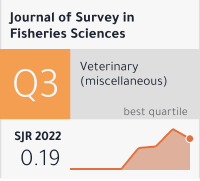To Design and Train a Model that Can Detect Distracted Driver Behaviour, Identifying Common Distractions such as Phone Usage, Eating and Other Inattentive Actions
DOI:
https://doi.org/10.53555/btpdzz74Keywords:
Distracted Driving; Convolutional Neural Networks (CNN); Principal Component Analysis (PCA); Support Vector Machine (SVM); Driver Behavior Detection; Image Classification; Deep Learning; Computer Vision; Road Safety; Driver Monitoring SystemAbstract
Distracted driving is a significant contributor to road accidents globally, often resulting from activities such as texting, eating, or interacting with devices while operating a vehicle. This study proposes a robust machine learning-based approach to detect and classify distracted driver behaviors using visual data. Leveraging the State Farm Distracted Driver Detection dataset, the system begins by preprocessing image data categorized into distinct distraction classes. A Convolutional Neural Network (CNN) is implemented for automatic feature extraction, effectively capturing spatial hierarchies from driver images. To enhance efficiency and reduce feature space complexity, Principal Component Analysis (PCA) is applied, reducing the extracted 128-dimensional feature vectors to 16 components. The reduced features are then classified using a Support Vector Machine (SVM) classifier, evaluated both with and without PCA to compare performance. Evaluation metrics such as confusion matrix, classification report, and AUC are used to validate the model. The findings reveal that the combined CNN-PCA-SVM pipeline delivers strong classification accuracy and reliability, suggesting its potential integration in real-time driver monitoring systems to improve road safety.









